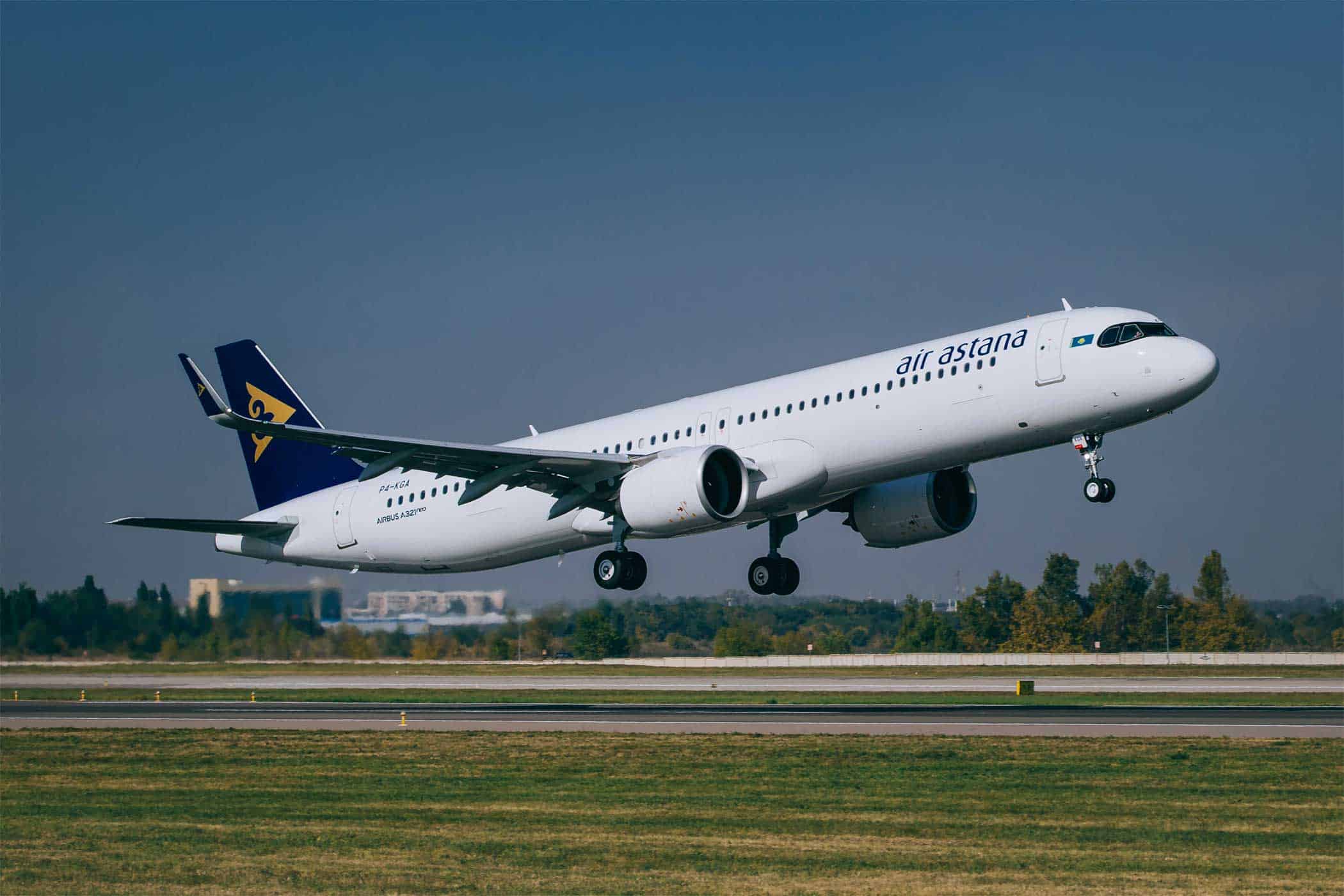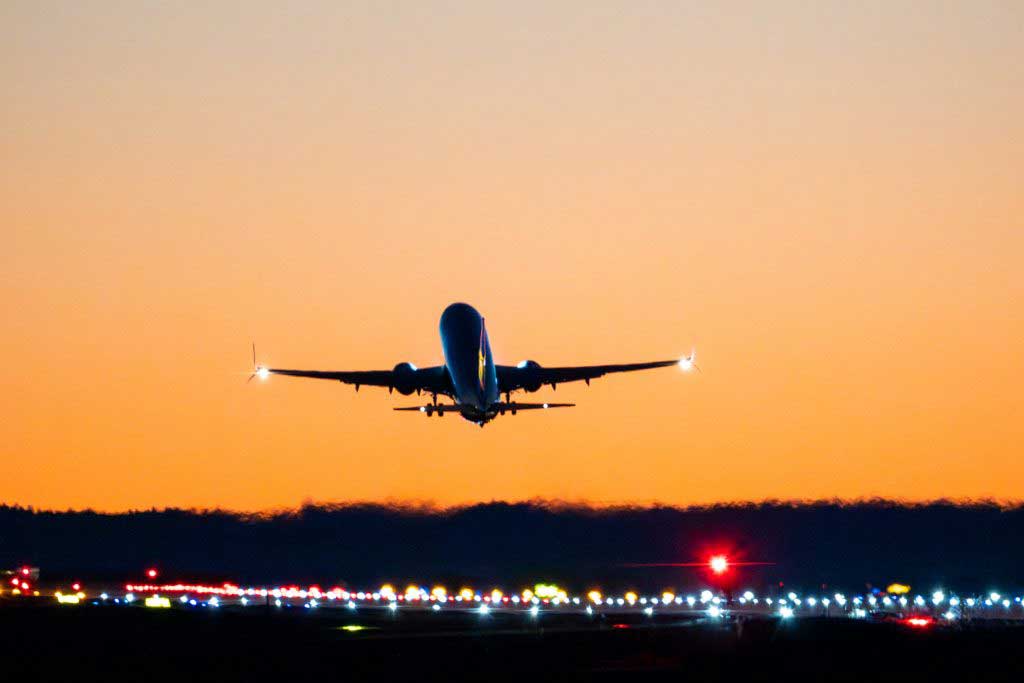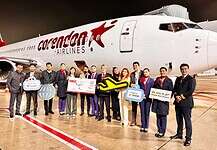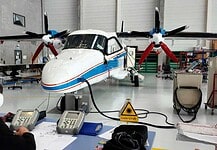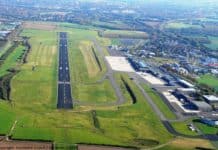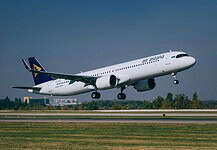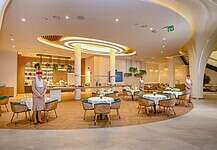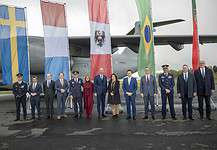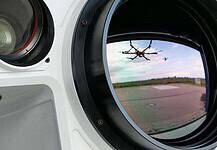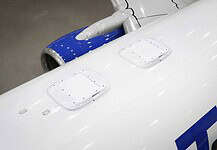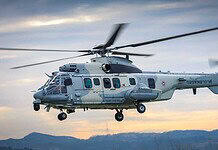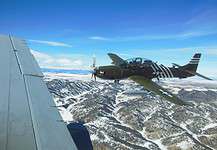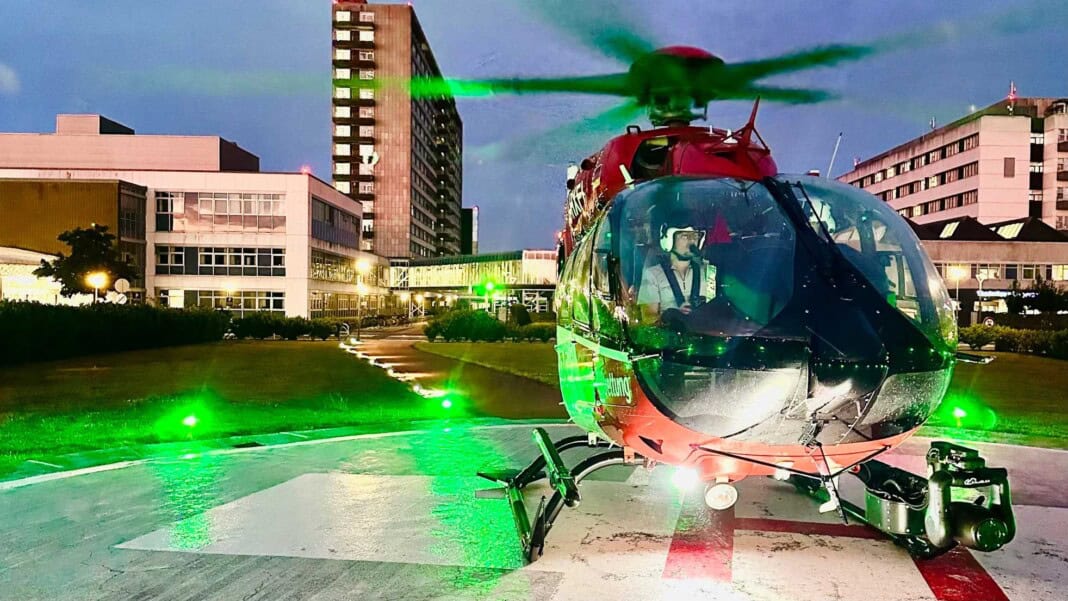
This site is also available on:
Deutsch
Introduction to cross-border air rescue
The integration of German-Danish rescue services in rescue helicopter operations represents a significant advance in emergency medicine. The rescue helicopter stationed in Niebüll can now be alerted to life-saving missions in neighboring Denmark, even in the dark. This innovation is the result of intensive cooperation between DRF Luftrettung and the Danish region of Southern Denmark, which laid the foundation for expanded cross-border cooperation through new agreements signed at the beginning of June. Since the station opened in 2005, cooperation has become firmly established at many levels and has been continuously expanded ever since, supported by international funding programs such as Interreg, which are considered a key driver of this effective cooperation.
The ability to deploy the rescue helicopter at night in Denmark represents a significant improvement in the reliability of care for patients in the border region. This expands emergency medical care to include rapid, highly qualified air rescue, which can respond to life-threatening situations more quickly than ground-based rescue services alone. The consolidation of the respective regional resources offers measurable benefits for the population – especially in cases of serious illnesses or injuries where time and professional expertise are crucial.
Organisation of night flights in cross-border air rescue
The sequence of events during a nighttime emergency operation across the border illustrates the cooperative capabilities of the rescue services involved. The rescue helicopter is alerted by the Odense Air Base control center, which queries the North Danish Air Force Base (KRLS Nord) in Harrislee regarding the helicopter’s availability. German dispatchers then quickly forward the mission data to the airborne team. This precisely coordinated communication chain enables a smooth launch and coordinated cooperation between the German air rescuers and the Danish ground-based rescue teams.
The first example, a night flight in July, impressively illustrates the process. With the report of “unclear chest pain,” Christoph Europe 5 was alerted that evening to a mission east of Aabenraa. Danish rescue personnel had already mastered the situation before the helicopter arrived, but the additional expertise and the advantages of rapid transport by the rescue helicopter led to optimal patient care. The handover took place in English—a necessary practice in multicultural and cross-border emergency medicine, ensuring consistent and error-free communication.
The Danish healthcare system’s digital patient record significantly supports this process. It enables vital signs such as ECG data to be transmitted and, based on stored information, comprehensive preparation can be carried out prior to arrival at the hospital. This ensures that the patient can receive prompt and appropriate treatment, which can prolong life, especially in complex medical cases.
Medical equipment and challenges of night flights
Air rescue in the dark presents unique challenges, which are mastered through specialized technology and intensive training. The flight over the island of Funen, for example, sometimes traverses large stretches of water where immediate landing is not possible. Therefore, the rescue team is always equipped with state-of-the-art equipment to provide excellent care to the patient, even in the event of a sudden deterioration in their condition.
Of particular importance here is the onboard mechanical resuscitation aid, which enables continuous, effective chest compressions even under difficult conditions. This technology contributes significantly to the stabilization of patients in cardiac arrest and ensures their chances of survival until they reach the hospital. The fact that such equipment and the trained crew can continue treatment even during the flight emphasizes air rescue as an indispensable component of modern emergency services.
The combination of rapid availability, optimal medical equipment, and professional expertise makes air rescue an indispensable partner for ground-based rescue services. Especially in border regions, this increases the effectiveness of emergency care and significantly reduces the time to clinical intervention.
Benefits of cross-border air rescue for patients
The key benefit of enhanced air ambulance services is immediately evident in the significant reduction in transport times. In the example of a patient with an acute heart attack, the time to treatment in the cardiac catheterization laboratory was drastically reduced: a flight of just 23 minutes compared to an estimated travel time of around 100 minutes by ambulance. This time span can mean the difference between life and death in acute life-threatening conditions.
In addition to rapid availability, air rescue also excels in the gentle transport of critically ill patients. The DRF Air Rescue team not only has the medical skills but also utilizes extensive technical equipment to maintain a stable patient condition. Close cooperation with Danish hospital teams makes it possible to continue treatment seamlessly and ensure a timely, coordinated medical handover.
This demonstrates the high quality of cross-border emergency care and highlights the benefits of international cooperation for patient well-being. The ongoing adaptation of operational concepts, including the now possible night flights, underscores the commitment of all involved to ensuring life-saving assistance regardless of national borders.
Conclusion: Future prospects for German-Danish air rescue cooperation
The introduction of nighttime alerts for rescue helicopters in Denmark is a milestone in cross-border emergency medical care. It sets new standards for cooperation, patient safety, and efficiency. The successful combination of state-of-the-art air rescue technology, qualified specialists, and digital infrastructure ensures that the best possible medical assistance is available around the clock, even in the border region of Southern Denmark and North Frisia.
The future development of these partnerships will demonstrate how cross-border healthcare can be further optimized and expanded. The focus will be on continuous training of emergency personnel, improved communication tools, and adaptation to technological innovations. Ultimately, both patients and society benefit from such networked, cross-border air rescue, which can serve as a model for further regional and international cooperation.
The collaborative approach, the shared use of resources, and the rapid availability of highly qualified rescue teams are essential factors that save lives in emergencies. Air rescue from Niebüll will therefore continue to make a decisive contribution to efficient, high-quality medical care in the border region.

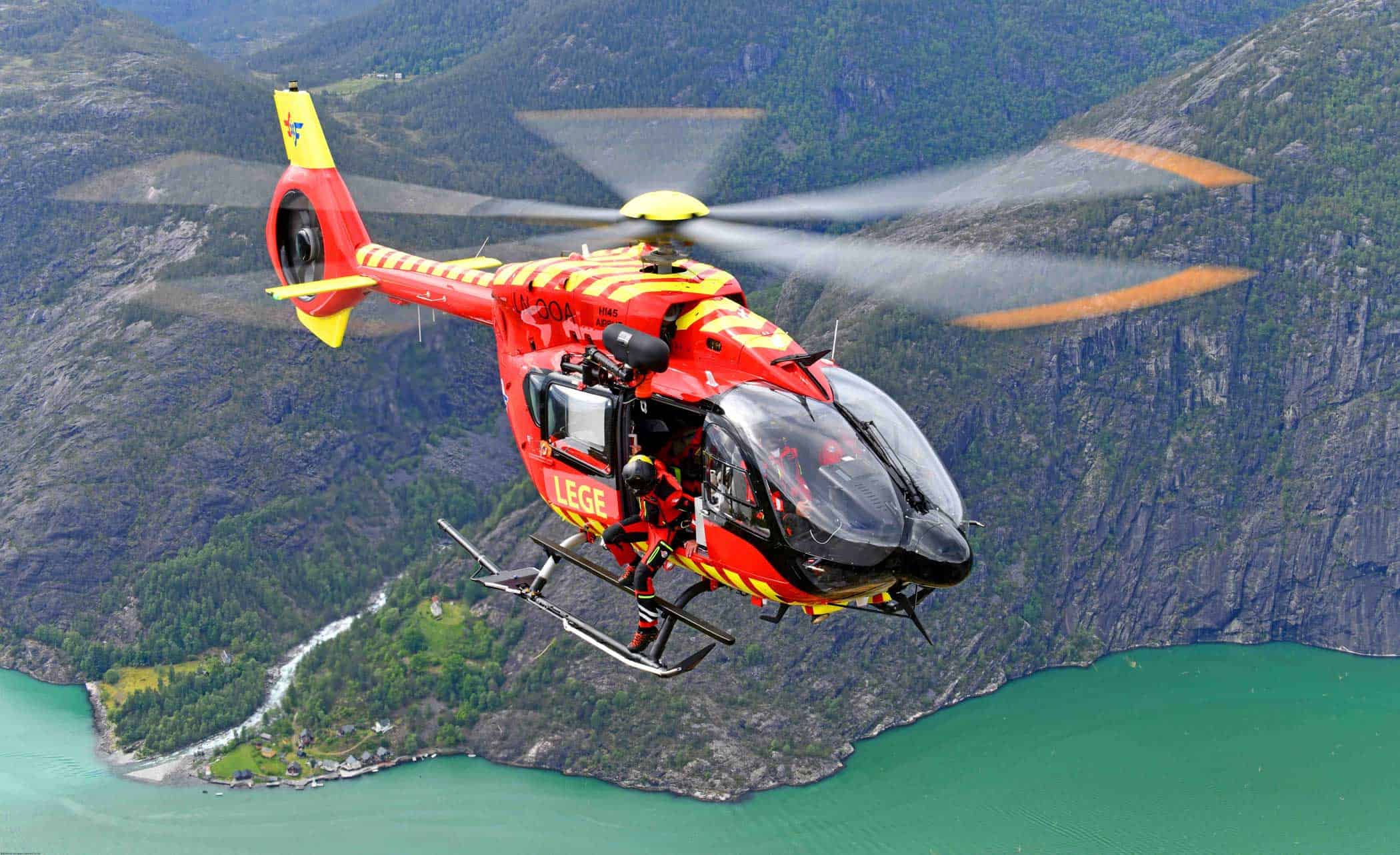 Norwegian Air Ambulance modernizes fleet with Airbus H145 (Norwegian Air Ambulance modernizes fleet with Airbus H145)
Norwegian Air Ambulance modernizes fleet with Airbus H145 (Norwegian Air Ambulance modernizes fleet with Airbus H145)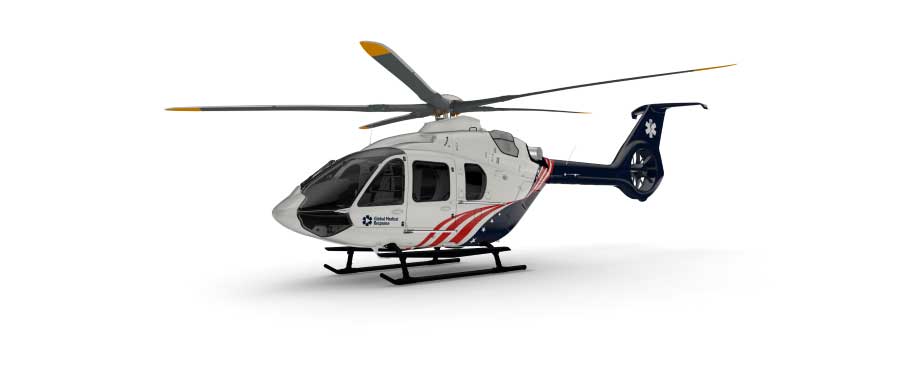 GMR and Airbus sign contract for H140 rescue helicopters (GMR and Airbus sign contract for H140 rescue helicopters)
GMR and Airbus sign contract for H140 rescue helicopters (GMR and Airbus sign contract for H140 rescue helicopters)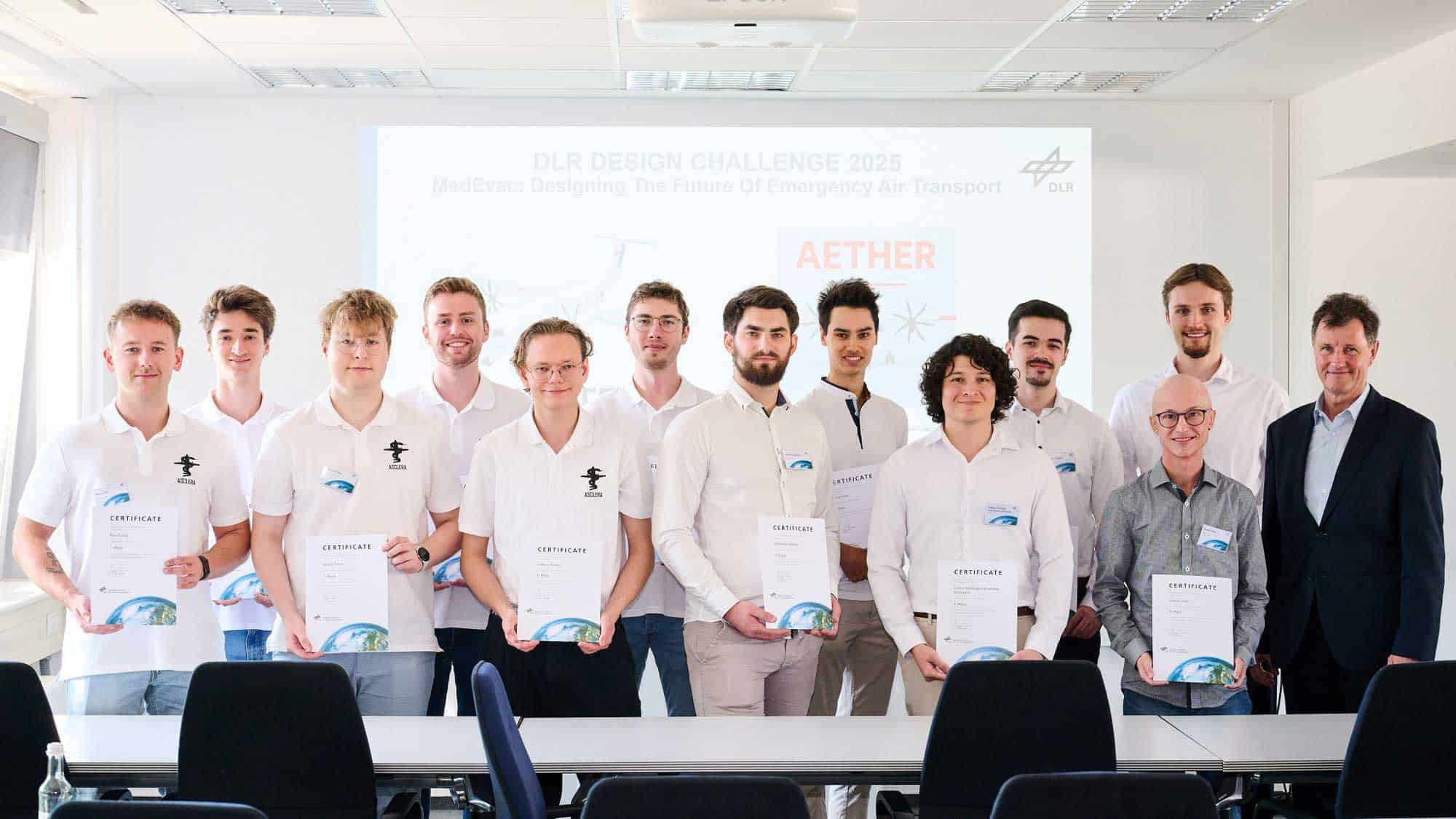 Emergency evacuation aircraft: DLR Design Challenge in focus (Emergency evacuation aircraft: DLR Design Challenge in focus)
Emergency evacuation aircraft: DLR Design Challenge in focus (Emergency evacuation aircraft: DLR Design Challenge in focus)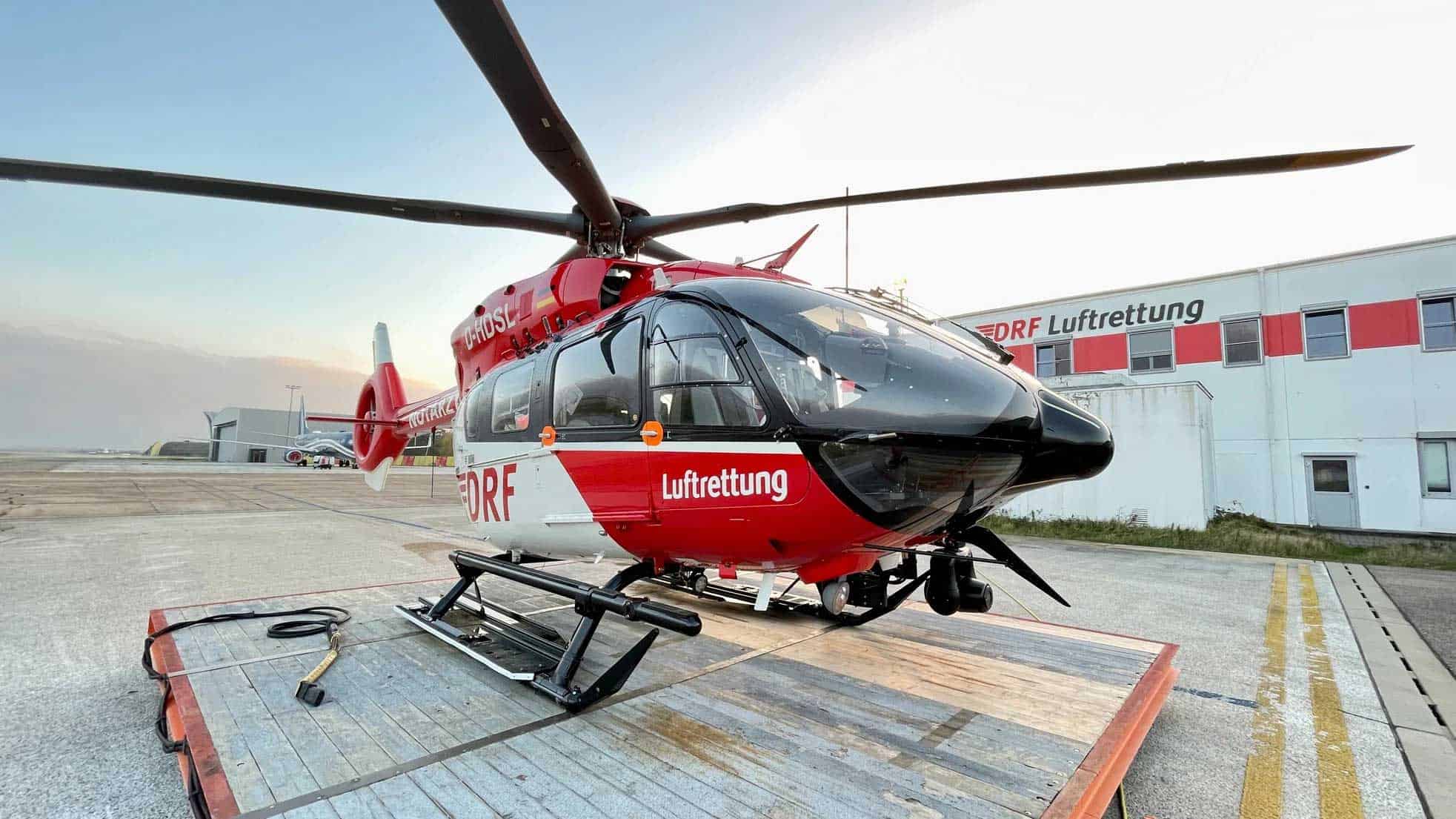 DRF Luftrettung: New Christoph 43 for Karlsruhe (DRF Luftrettung: New Christoph 43 for Karlsruhe)
DRF Luftrettung: New Christoph 43 for Karlsruhe (DRF Luftrettung: New Christoph 43 for Karlsruhe)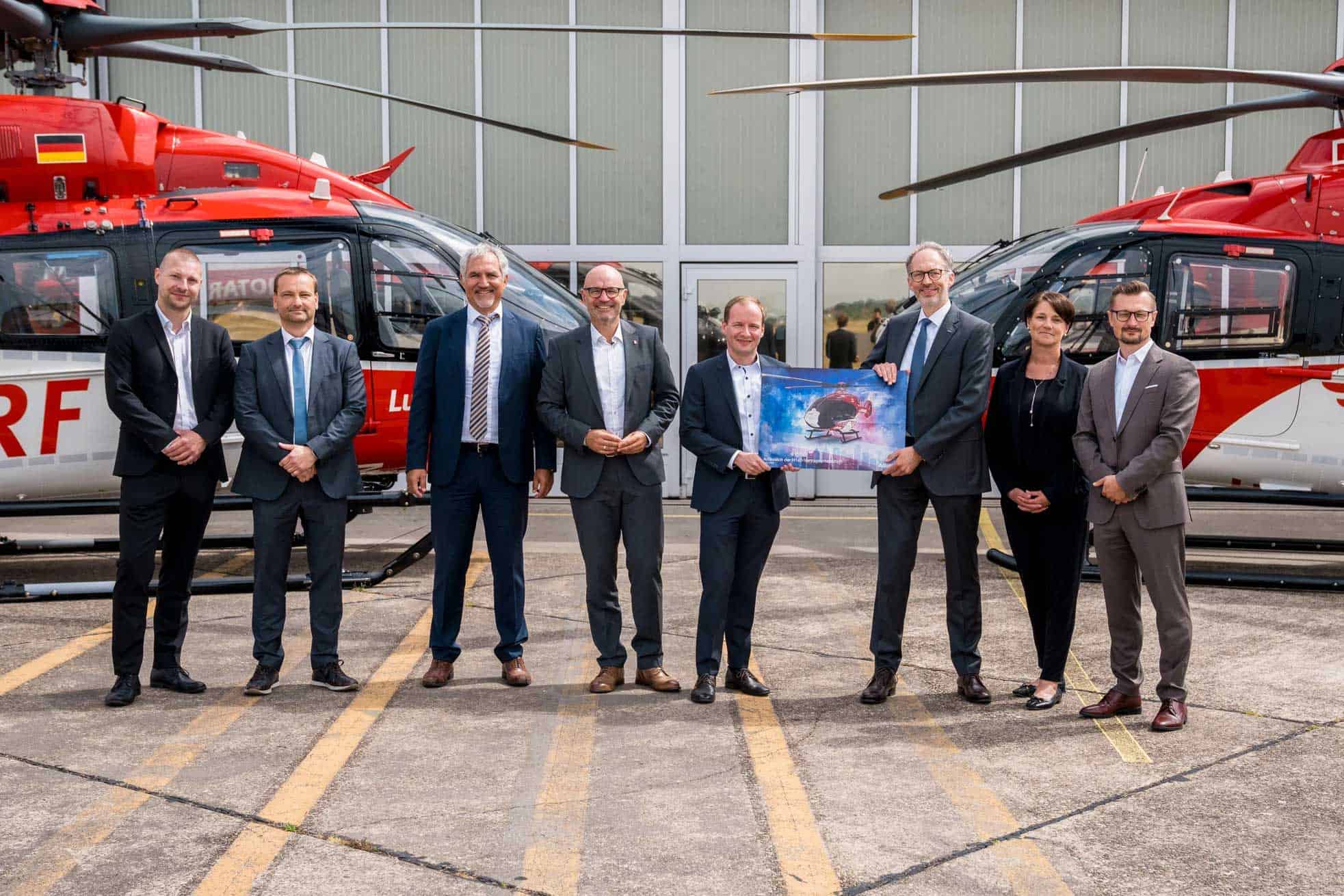 DRF Luftrettung modernizes fleet with new Airbus H140 helicopters (DRF Luftrettung modernizes fleet with new Airbus H140 helicopters)
DRF Luftrettung modernizes fleet with new Airbus H140 helicopters (DRF Luftrettung modernizes fleet with new Airbus H140 helicopters)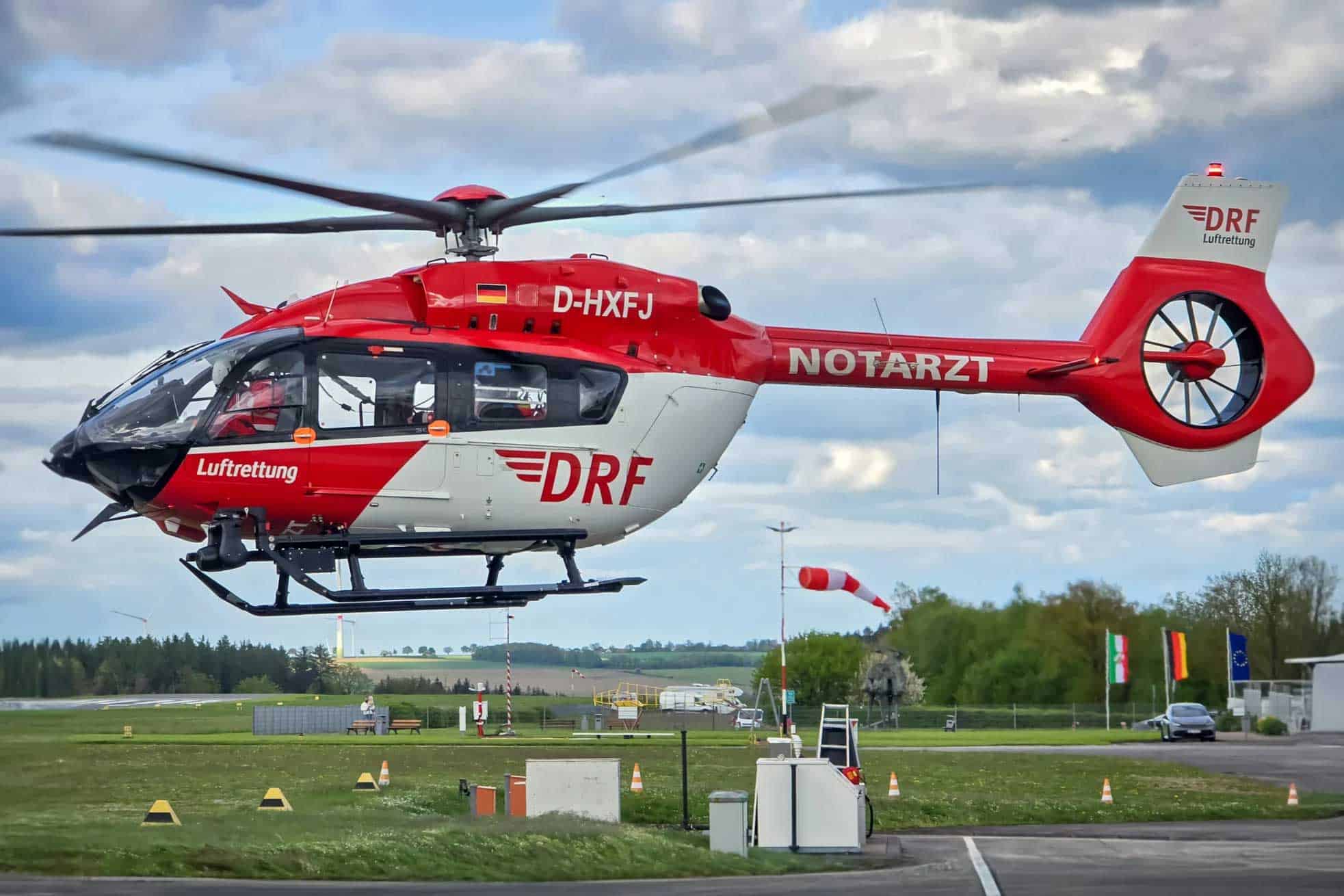 DRF Luftrettung ensures air rescue in North Rhine-Westphalia (DRF Luftrettung ensures air rescue in North Rhine-Westphalia)
DRF Luftrettung ensures air rescue in North Rhine-Westphalia (DRF Luftrettung ensures air rescue in North Rhine-Westphalia)



